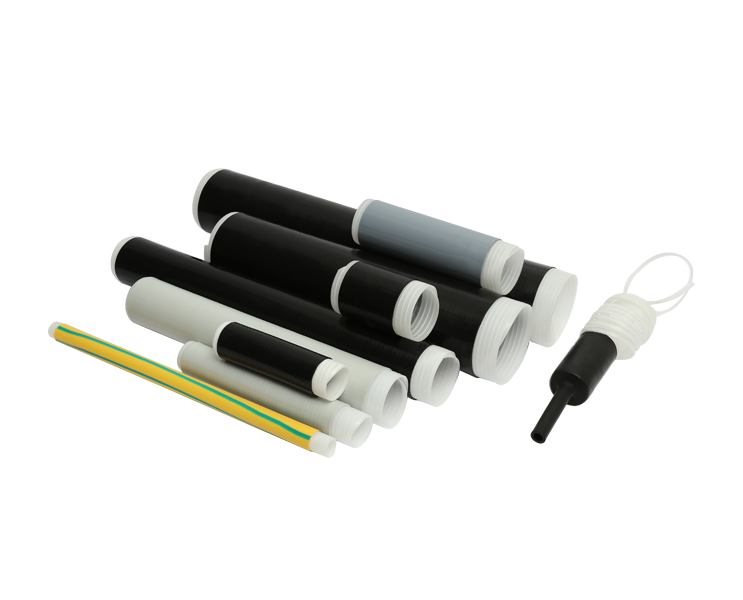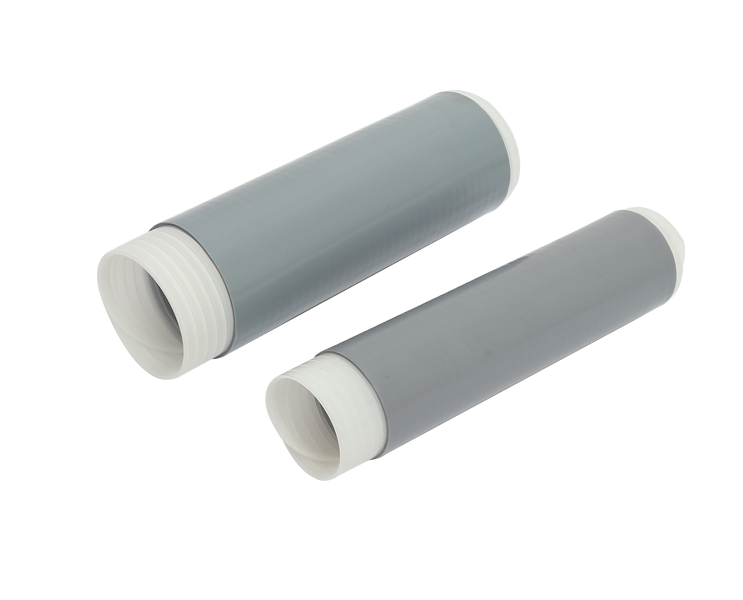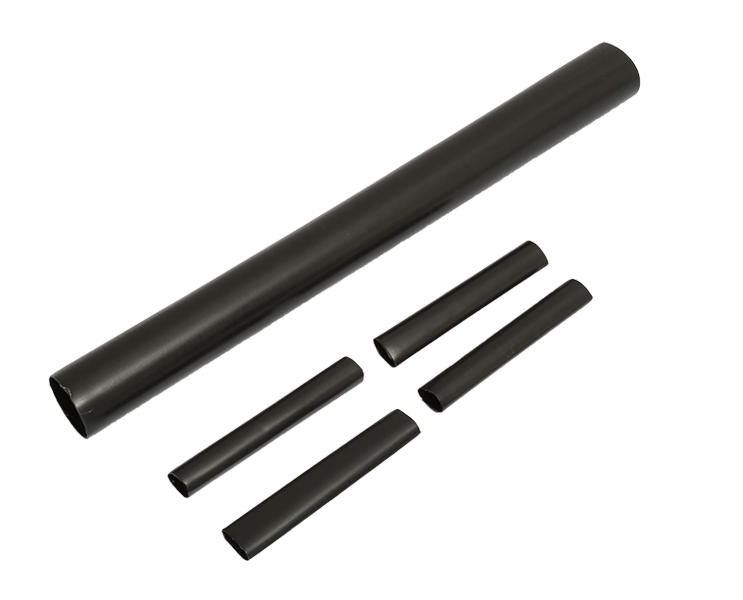The electrical components industry is experiencing a quiet revolution as cold shrink tube solutions gain widespread adoption across multiple sectors. These innovative protective sleeves provide reliable insulation and environmental sealing without requiring heat application during installation. The growing popularity of cold shrink tube products reflects broader trends toward safer, more efficient installation methods in power distribution, telecommunications, and industrial applications.
Recent improvements in cold shrink tube materials have significantly enhanced product performance and longevity. Modern formulations combine predominant elasticity with outstanding dielectric properties, creating protective barriers that withstand harsh weather conditions and chemical exposure. Many manufacturers have developed cold shrink tube products with specialized inner liners that ensure smooth, bubble-free installation on cables and joints. These material advancements allow the tubes to maintain consistent compression while resisting the effects of aging and environmental stress.
The installation advantages of cold shrink tube systems continue to drive their adoption across various industries. Unlike traditional heat-shrink alternatives, these products eliminate fire hazards and equipment damage risks associated with open flames or hot tools on job sites. Electrical contractors report that cold shrink tube solutions can reduce installation time by up to 40% compared to conventional methods, particularly in confined or hard-to-reach locations. This efficiency gain has made them particularly valuable for urban infrastructure projects where small service disruptions is critical.
Utility companies have become major adopters of cold shrink tube technology for both maintenance and new construction applications. The products' ability to create moisture-proof seals makes them ideal for underground cable splices and overhead line terminations. Many power distribution providers now specify cold shrink tube solutions for their reliability in preventing water ingress, a pilot cause of premature cable failure. Their consistent performance in bad temperatures—from arctic cold to desert heat—has further solidified their position in utility applications.
Renewable energy projects are increasingly incorporating cold shrink tube solutions into their designs. Solar farms and wind turbine installations benefit from the products' UV resistance and ability to withstand constant movement and vibration. The maintenance-free nature of properly installed cold shrink tube systems aligns superbly with renewable energy operators' needs for durable, long-lasting connections in remote locations. This synergy has created new market opportunities as the global transition to clean energy accelerates.
Industrial applications present unique challenges that cold shrink tube technology is particularly well-suited to address. Manufacturing facilities, oil refineries, and chemical plants require cable protection that can endure exposure to corrosive substances and mechanical stress. Specialized cold shrink tube formulations have been developed for these environments, featuring enhanced chemical resistance and durability. Their flame-retardant properties make them valuable safety components in hazardous location installations where explosive atmospheres may be present.
As electrical systems become more complex and maintenance costs come under greater scrutiny, the value proposition of cold shrink tube products becomes ever more compelling. Their ability to deliver reliable performance with simplified installation ensures they will remain at the forefront of cable protection technology for years to come. The electrical industry's gradual shift toward these solutions reflects a broader movement toward safer, more efficient infrastructure technologies that don't sacrifice quality for convenience.

 English
English 简体中文
简体中文



